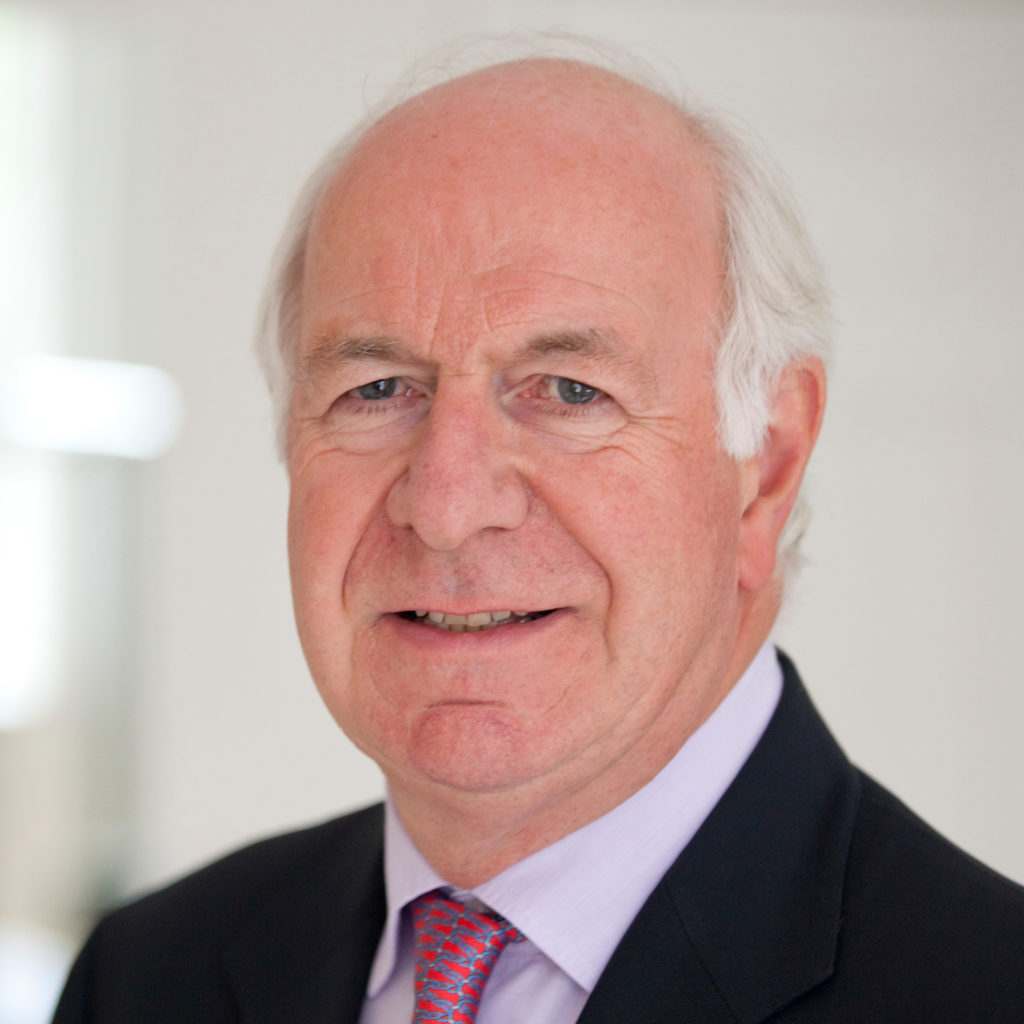medwireNews: A study of children with Noonan syndrome (NS) treated in clinical practice shows a good response to growth hormone (GH) treatment, with the majority achieving a height within population norms.
Twenty-four of the 84 children in the study achieved near-adult height, of whom 71% had a height standard deviation score (SDS) within the normal population range, ie, –2.00 or greater.
“For reference, according to European cohorts, children with untreated NS reach median adult heights of 162.5 cm for men and 153.0 cm for women, around −2 SDS from the reference population”, say Tilman Rohrer (Saarland University Medical Centre, Homburg, Germany) and co-researchers.
The 84 patients were drawn from the NordiNet® IOS and ANSWER cohorts and had at least 4 years of height SDS data on GH therapy. They were predominantly male (80%), which the researchers attribute to referral bias, and had a target-height-corrected height SDS averaging –2.13 at presentation.
They were given an average starting GH dose of 41.6 µg/kg per day, which increased to 42.7 µg/kg at year 1 and 46.3 µg/kg at year 3, fluctuating thereafter but remaining higher than the baseline dose.
“The patients treated with GH in the present study were generally representative of a population of patients with NS who are short in stature and who, if left untreated, are most likely to stay short in adult life”, observe Rohrer and team in Hormone Research in Paediatrics.
Catch-up growth was most evident during the first 3 years of treatment. Children’s height SDS based on national references improved from a baseline of –2.76 to –1.66 by year 3, after which it plateaued. The growth response was greater in children who were younger at baseline, and in those who were taller.
“The data suggest that earlier start of GH therapy may be an important contributor to height optimization by normalizing height at pubertal onset, especially with respect to the known delay in puberty in patients with NS”, say the researchers.
The average ratio of bone age to chronological age was 0.80 at baseline and 0.93 after 4 years of GH treatment.
“Skeletal maturity is delayed in individuals with NS, but reassuringly, we did not observe inappropriate advancement in bone age during GH therapy in our study cohort”, note Rohrer and team.
Safety data, based on a wider group of 412 patients who had at least one dose of GH, were also reassuring, they add.
A total of four neoplasms were reported: two brain neoplasms; one glioneuronal tumour and one peripheral giant cell granuloma.
The researchers advise consideration of underlying tumour susceptibility prior to starting GH therapy, potentially including genetic testing, and regular surveillance throughout GH treatment.
By Eleanor McDermid
medwireNews is an independent medical news service provided by Springer Healthcare Ltd. © 2021 Springer Healthcare Ltd, part of the Springer Nature Group

